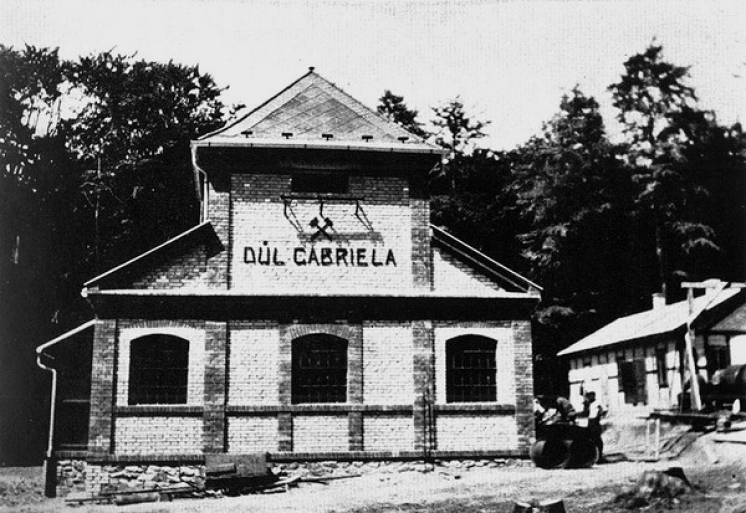Iron ore mine of Krušná Hora – part 1

After 1945, the largest deep iron ore mine in the Czech lands.
The iron ore deposit on Krušná Hora was probably already used by the Celts, as documented by archaeological finds in the immediate vicinity of Krušná Hora. The rich collection of tools, originating from the Celtic fort near Strádonice, is a document of high level of their production. Today, this cultural heritage is stored in the National Museum in Prague.
Iron ores and other base metals were not reserved for the king, so data on their mining did not have to be recorded in the royal archives, thus today we have almost no written references of them. The extent and importance of iron ore mining on Krušné Hora in the period between the 14th and 18th century is documented only by brief reports that have been preserved about individual ironworks, where the ore from Krušná Hora was processed. The history of the Krušná Hora mine is inextricably linked with the Podbrdy ironworks area, especially with the fate of ironworks in the immediate vicinity – Stará Huť, Nová Huť, Králův Dvůr, Strašecí, Františkov, Holoubkov etc.
The deposit
The main raw material in the Krušná Hora mine was hematite and pelosiderite as a secondary one. The ores were located there in two ore positions – Large and Small deposit. Large deposit was spread over the entire area of the basin, reaching considerable thickness, and represented the main part of the reserves. Small deposit are more or less extensive lenses and generally have a higher iron content. The Krušná Hora ore itself is divided into several groups – oolitic hematite ore, band hematite ore (representing the majority of the deposit), slate hematite ore (predominantly in the lower parts) and slate chlorite ore. The richest parts are usually in the overburden and reach a thickness of three metres with an iron content of 30%.
Source: Lomy a těžba
